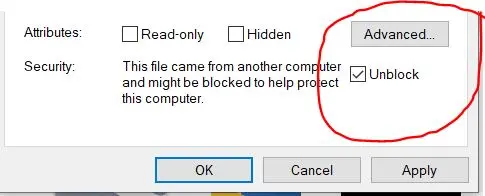You're probably familiar with "regular" fillets, but did you know that there is also a DogBone Fillet?
What is a "regular" Fillet?
A fillet is used to reduce the sharpness of corners. You can modify corners with either a chamfer or curve. In BricsCAD, the Fillet command takes two edges (line segments) and converts the corner into an arc, as shown below:

A "regular' fillet creates an arc that is always inside to the edges (see image below).

What's the problem with a regular fillet?
There are cases where an outward curve may be required. For example, when using a CNC (Computer Numerical Control) router or machine.
In contrast to additive manufacturing (3D printers), a CNC machine uses subtractive manufacturing to create the end product. In other words, a CNC machine removes material instead of adding material.
Just like 3D printers, instruction files are given to a CNC machine as a G-Code. G-Code is the language that defines the "How" for a machine controller. It tells the motors where to move, how fast to move, and what path to follow. Vector files such as DXF are used to create G-Code files.
However, the problem for a CNC machine is that the inner corners can never be sharper than the diameter of the cutting tool. This is because the router bits are round. It is not possible to get orthogonal corners at perfect right angles when cutting out the sheet materials like MDF or plywood with a CNC machine, so instead, these corners will be rounded inwards.
This can cause problems when mating parts as the part tooled might not fit in the formed hole or slot:

What is the solution?
A DogBone Fillet is a solution to this problem. Although "DogBone" is a commonly used term in the field of CNC Cutting and milling, the first image that came in my mind when I heard the word "DogBone" is my favorite childhood cartoon series of Tom & Jerry.
How is a DogBone Fillet diffrent to a normal Fillet?
The DogBone Fillet command is different to a normal Fillet command because it creates a circular arc that is outside of the edges. The point of intersection for both edges is actually the mid-point of the arc.

By introducing DogBone Fillets, the object fits better into the slot:

Why is it called a DogBone FIllet?
If DogBone Fillets are created at each corner of a rectangular block, it really looks like a Dog-Bone! (You can compare it with the video from Tom & Jerry shown above).

Where can I find the Dogbone Fillet Command?
There is no built-in command in BricsCAD to create a DogBone Fillet. However, you can find it as part of SpaTools, a free, app that allows you to create a DogBone Fillet natively in BricsCAD (along with additional features).
To access the command simply enter DogBone into the Command line or click on the "Create DogBone Fillet" menu item in the SpaTools menu. The command will convert the join of two LINE objects and create dog bone fillet at any desired radius, much like the "regular" Fillet command!

Where can I download SpaTools?
The SpaTools DLL can be downloaded from Cadomation. You can learn more about the SpaTools here.
How do I install SpaTools?
- Open the email sent by CADOMATION with the download link (check your spam folder).
- Download the two files:
- cui
- DLL
- Unblock the DLL:
- Right-clicking on the file
- Select "Properties" from the drop-down menu.
- Check the "Unblock" checkbox.

- Click "Apply"
- In BricsCAD, enter NetLoad into the Command-line and load the SpaTools_BricsCAD file.

- The SpaTools menu will appear on the menu bar.



